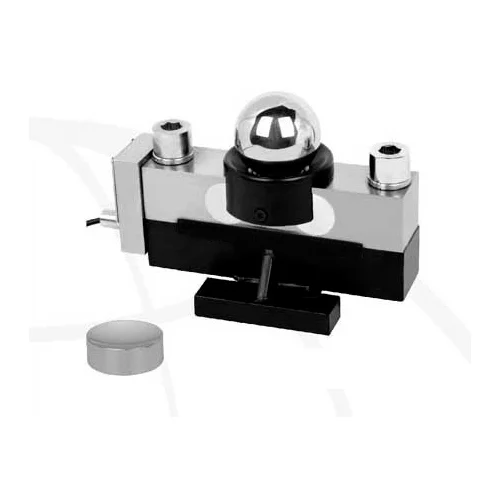Load cells are a fundamental part of weighing systems, providing accurate weight measurements by converting mechanical force into an electrical signal. In this article, we focus on analog load cells, exploring how they generate signals, the challenges they face, and how these signals are converted to digital data.
Advantages and Disadvantages of Analog Load Cells
| Advantages | Disadvantages |
|---|---|
| Low cost | Limited accuracy |
| Familiar technology | Short lifespan (3–5 years) |
| Requires a junction box | |
| Time-consuming calibration | |
| Cannot assess individual load cells |
Understanding How Analog Load Cells Work
Analog load cells function based on two key aspects:
- The Nature of the Analog Signal: This refers to the electrical voltage generated by the load cell in response to applied weight.
- The Physical Configuration: This is the structural design of the load cell, which affects signal quality and reliability.
How Analog Signals Are Generated
An analog signal is simply an electrical voltage produced when weight is applied to the load cell. This voltage is directly proportional to the weight but does not contain any data by itself.
- The voltage generated by each load cell is combined.
- This combined voltage is converted into a numerical value representing the weight.
The Challenge of Low Signal Accuracy
One of the main drawbacks of analog load cells is the limited accuracy of the output voltage. These signals are extremely sensitive to external factors, leading to potential errors:
- Even a tiny change of 0.00002 V in the signal can cause a weight error of 20 kg.
- The signal is relatively secure while inside the load cell but becomes vulnerable to interference once it leaves.
Signal Transmission: From Load Cell to Display
1. Signal Transmission to the Junction Box
- The analog signal travels through a cable (typically 7.5 meters) to reach a junction box.
- Factors such as temperature changes, connection quality, electromagnetic interference, and radio waves can cause signal distortion.
2. Inside the Junction Box
- The signal is combined with other load cell signals.
- Poor sealing can allow moisture to enter, leading to corrosion and weakening the signal.
- Corroded connections increase electrical resistance, reducing signal strength.
3. Transmission from Junction Box to Indicator
- The combined signal is sent through another cable (usually around 20 meters) to the scale display.
- At this stage, any interference in the cable affects the final weight reading.
Converting Analog Signals to Digital
When the combined analog signal reaches the scale display, it is converted into a digital signal using the display’s built-in circuits. This is the final step in the weight measurement process for analog load cells.
How Digital Load Cells Are Different
Unlike analog load cells, digital load cells convert the signal to digital directly within the load cell chamber. This eliminates the risk of interference from external factors and significantly improves accuracy.

